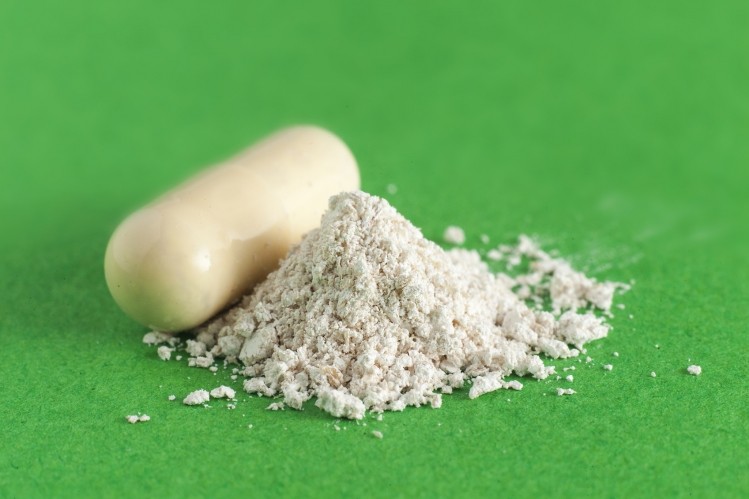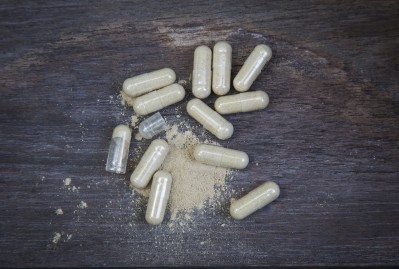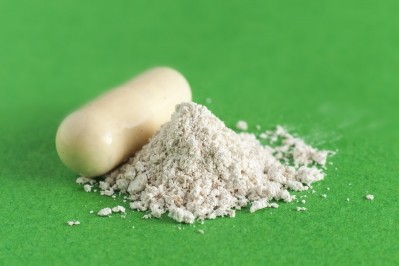Focus in NDI draft on supercritical CO2's 'newness' ignores its safety, quality, proponents say

Reactions to the new draft guidance, issued earlier this month, are slowly forming within the industry. While the consensus is that progress was made on some of the sticking points industry had with the original draft, there is still a lot to comment on in the updated draft. Among these remaining sticking points is FDA’s strict adherence to the concept that most manufacturing changes that have come on board since 1994 would result in new ingredients requiring an NDI notification.
Technique wasn’t used prior to 1994
In a Q&A section, one of the new portions of the 102-page document, FDA has this to say about supercritical CO2 extraction: “Supercritical fluid extraction was not commonly used prior to 1994, and there is no evidence of extracts like this having being marketed as food prior to 1994.”
This focus on the letter of the law, that this technique is new, sidesteps whether it chemically alters the extract in a significant way and whether that means as a consequence that the safety profile of an Old Dietary Ingredient is now different enough that new safety information is required. Advocates of the process said that supercritical CO2 is safe, effective, and can result in a higher quality end product.
One of the companies that has extracted materials for years with supercritical CO2 is Valensa, based in Eustis, FL. CEO Rudi Moerck, PhD said the company’s technique, labeled DeepExtract, pulls out more of the compounds of interest and does so in the absence of oxygen, which when using other extraction methods can react in undesirable ways during the process with some of the more volatile constituents. In its simplest form, supercritical CO2 it is a pure, clean process, he said. (Other solvents such as ethanol, termed ‘modifiers’ in this usage, can be added to extend the range of compounds that can be extracted.)
No chemical alteration, proponent says
“It has been shown with with CO2 extraction of lipophilic materials, there is no chemical reaction that takes place. In addition there are no harmful solvents left over; the CO2 completely evaporates from the substrates,” Moerck told NutraIngredients-USA.
Alex Schauss, PhD, senior director of scientific and regulatory consulting agency AIBMR, said singling out CO2 didn’t make much sense in his view. If the NDI process is supposed to be about safety, what’s the issue?
“I think it’s overkill,” Schauss said. “It’s overkill because CO2 offers a manufacturer a way of making a very consistent product, one that is consistent from lot to lot and from batch to batch. I don’t think FDA should be placing restraints on a technology that can offer that kind of quality.”
In addition, Schauss said that this determination seemed to be based solely on the fact that the technique was not commonly employed with the dietary supplement ingredient realm in the early 90s, even though it could be used for ingredients, such as Valensa’s saw palmetto extracts, that have a long history of use and safety. For Schauss, it’s a matter or bureaucratic hair-splitting.
“Is there any evidence that anyone has been harmed by a product that went from the old method to now being made with CO2 extraction? Is there any evidence that consumers have been placed at risk?” Schauss asked.
“Just to say that this is a ‘different’ process would encumber the industry with potentially hundreds of millions of dollars for additional costs (for new NDI notifications) when there hasn’t been any evidence of increased risks. Safety is the bottom line,” he said.
Stefan Gafner, PhD, chief science officer of the American Botanical Council, said CO2 extraction has been popular in the dietary ingredient and food ingredient realms for several reasons.
“I have worked with CO2 extraction quite extensively when I was with Toms of Maine. We always liked to include CO2 because of its environmental profile. It’s basically a recyclable solvent,” he said.
“It’s a good extraction solvent because it allows you to extract certain compounds that with water or ethanol are a bit more difficult to pull out,” Gafner added.
Safe in food supply, but not supplements?
Gafner noted that most beer is the US is brewed with hops extracts that are manufactured using a CO2 method. Moerck noted that because of CO2’s ability when used in this way to pull out compounds in a very clean, efficient manner accounts for its popularity in the extraction of flavor compounds in the food industry. He said he has a hard time wrapping his head around the idea that CO2 extracts have gone into the food supply for years without safety concerns and without a bureaucratic tussle, but trying to put them into supplements could become difficult under this new guideline.
“For 30 years now caffeine has been extracted from coffee to make decaffeinated coffee using supercritical CO2. It has been a standard procedure in the food industry to extract things like ginger, rosemary and black pepper flavor. There are literally dozens of extracts like this in the food supply,” he said.
One issue of course in supplements is the higher dosages typically used. Flavor compounds are typically present in trace amounts in foods. Gafner said that, combined with CO2 greater extraction efficiency, means that he’s not prepared to make as blanket a statement about the technique’s safety as Schauss and Moerck are.
“At Toms of Maine when we compared a Chinese licorice extract using the old method (60% water, 40% ethanol) and a supercritical CO2 extract, there were significant differences. You get more of the lipophilic compounds with CO2. I can sort of see FDA’s point on this; I would have to say that it would be on case-by-case basis as to whether a supercritical CO2 extract would require an NDI notification,” he said.









